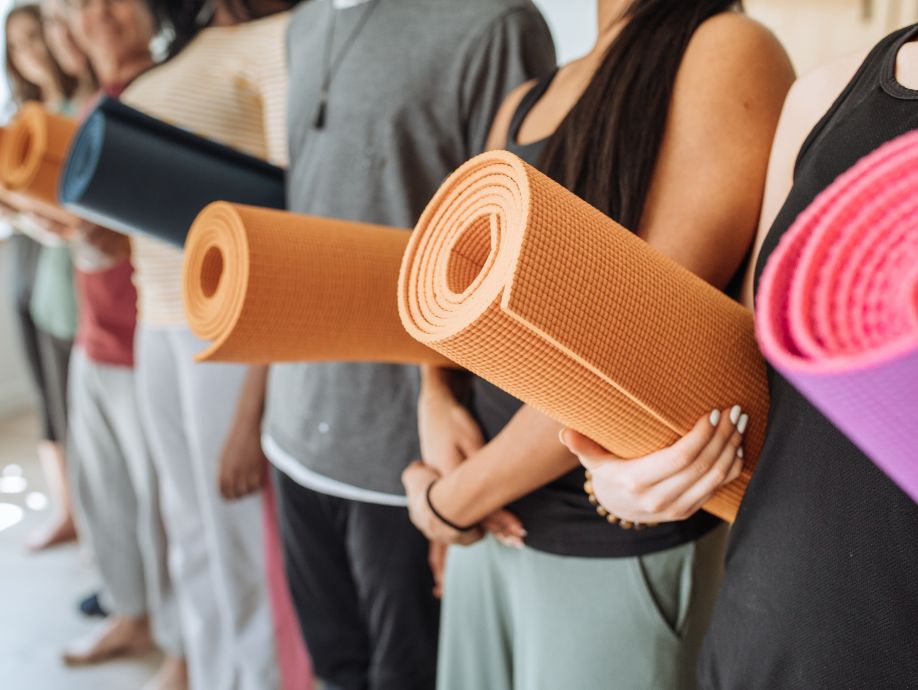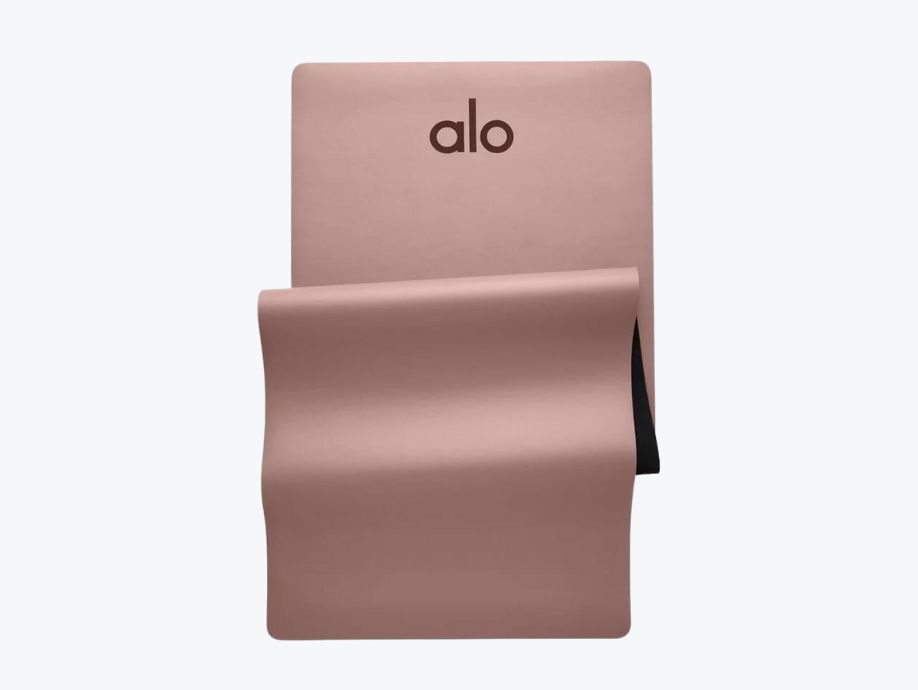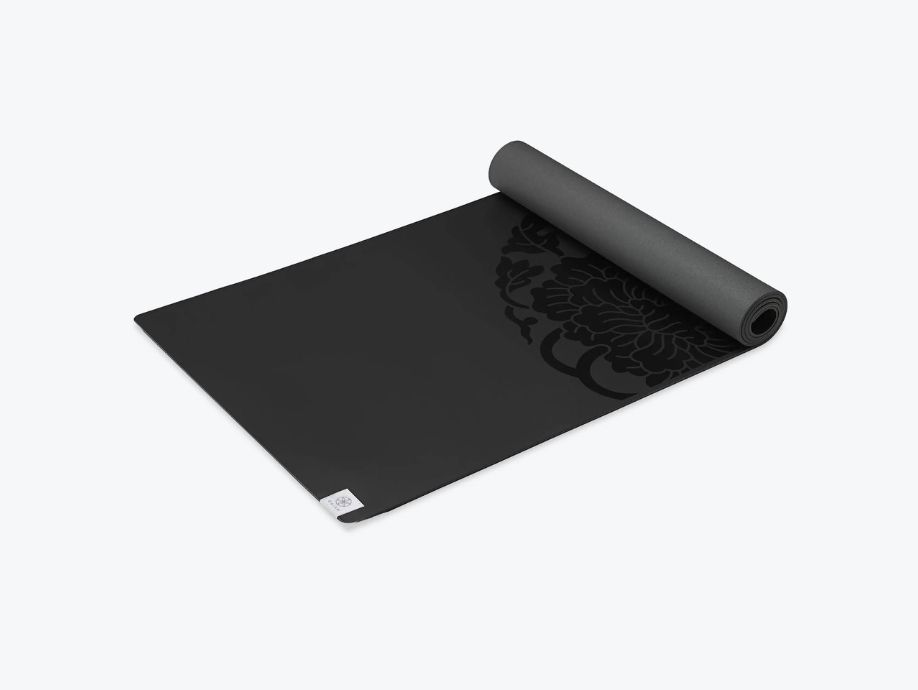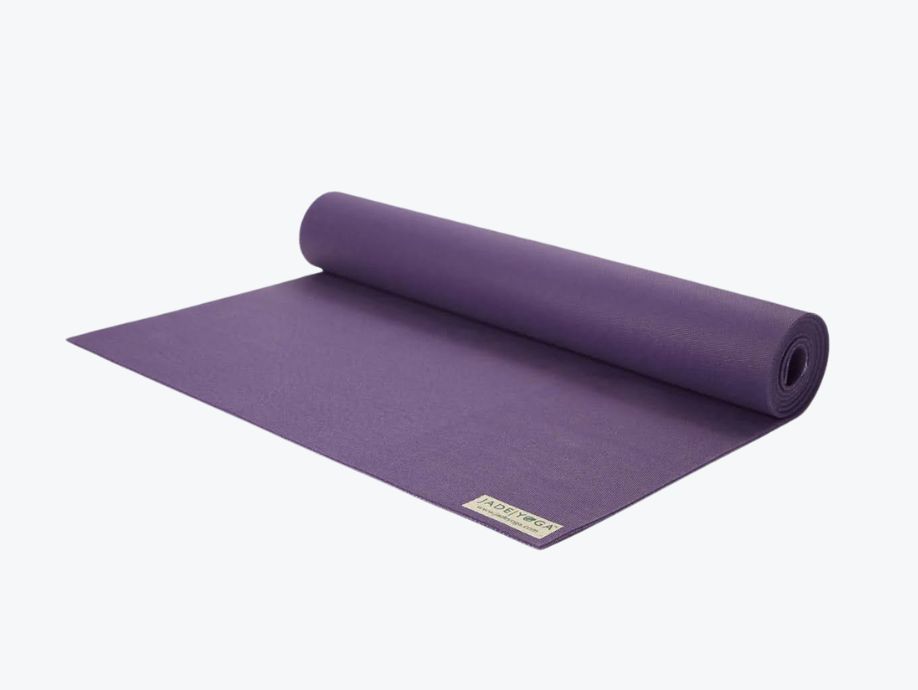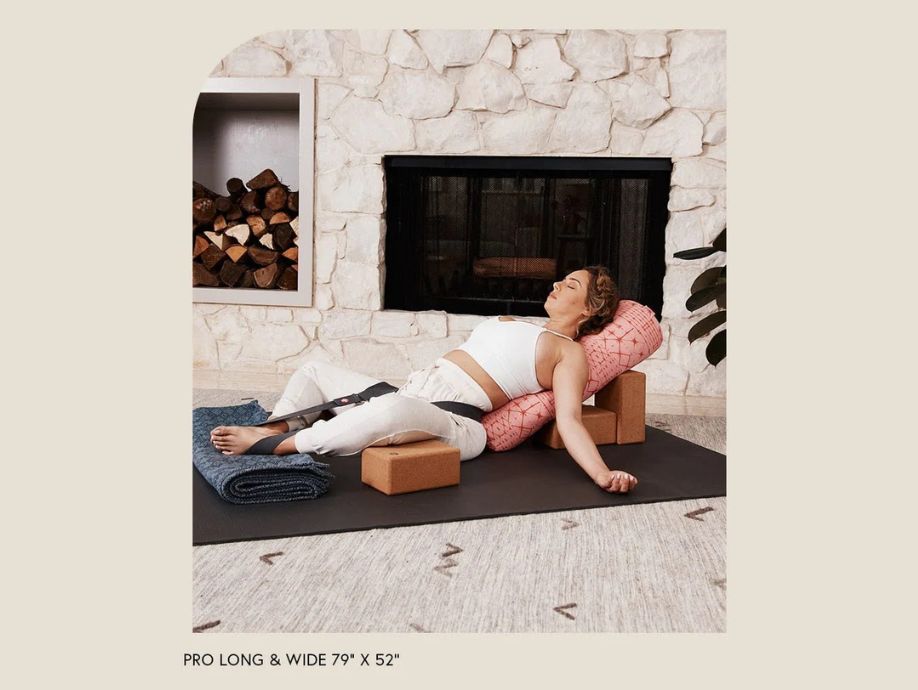Creating the perfect yoga studio experience begins with selecting the right equipment, and at the heart of every practice is a reliable yoga mat. From superior grip to optimal comfort, the perfect mats that not only enhance your clients’ practice but also elevate the overall ambiance of your yoga space.
In this guide, we’ve put together our top five picks for the best-rated yoga mats that strike the perfect balance between functionality and style, ensuring a harmonious and fulfilling yoga experience for your studio members. Here’s everything we’ll cover:
Factors to Consider Before Buying Yoga Mats
What factors to consider before buying yoga mats for your studio
Selecting the right yoga mats for your yoga studio is essential to provide a comfortable and safe practice environment for your clients. Here are key factors to consider before making a purchase:
Material
Material of your yoga mat directly impacts the comfort, safety, durability, and overall experience of your clients. It determines support, grip, and traction. Mats made from materials like natural rubber or polyurethane often provide excellent non-slip properties, helping practitioners maintain stability and prevent slips, especially during more dynamic or challenging poses.
Some individuals may have allergies or sensitivities to certain materials. Considering hypoallergenic options or mats made from non-toxic materials ensures a comfortable and safe environment for everyone. Here are some common materials yoga mats are made of:
- PVC (Polyvinyl Chloride): Common and affordable, but not environmentally friendly.
- TPE (Thermoplastic Elastomer): More eco-friendly and free from latex, PVC, and harmful chemicals.
- Natural Rubber: Provides excellent grip and is environmentally friendly.
Thickness
Thickness determines the comfort and support provided by the yoga mat. A thicker mat offers more cushioning, making it more comfortable, especially during poses that involve putting weight on the knees, elbows, or spine. Thickness also contributes to stability and balance. Thicker mats provide a more stable surface for standing poses, balancing poses, and transitions between poses.
- Thicker Mats (6mm and above): Provide more cushioning, suitable for gentle and restorative practices.
- Thinner Mats (3-5mm): Offer better stability, ideal for balance-focused practices.
Durability
Yoga mats in a studio setting undergo frequent and often daily use. Durability ensures that the mats can withstand regular wear and tear without losing their effectiveness or structural integrity.
Investing in durable yoga mats is a cost-effective decision in the long run. High-quality mats may have a higher upfront cost, but their longevity means you won’t need to replace them as frequently, saving you money over time.
High-quality, durable yoga mats also contribute to the overall professional image of your yoga studio. They convey a commitment to providing a comfortable and safe environment for your clients, enhancing their experience and satisfaction.
- High-Density Mats: Last longer and withstand regular use without losing shape or breaking down.
- Closed-Cell Construction: Resists moisture, making it more durable and easy to clean.
Size
Your yoga classes will attract individuals of different shapes and sizes. Your yoga mats should also be in sizes that suit their needs. Different styles of yoga or specific classes may also require more or less space. For instance, a gentle yoga class may require less room compared to a dynamic vinyasa flow class.
Proper alignment is crucial in yoga to prevent injuries and ensure the effectiveness of poses. Small mats may limit the range of motion for practitioners. On the other hand, appropriately sized mats provide enough space for participants to align themselves correctly and perform poses safely.
- Standard Size (24″ x 68″ or 24″ x 72″): Fits most practitioners.
- Extra-Long Mats: Suitable for taller individuals.

